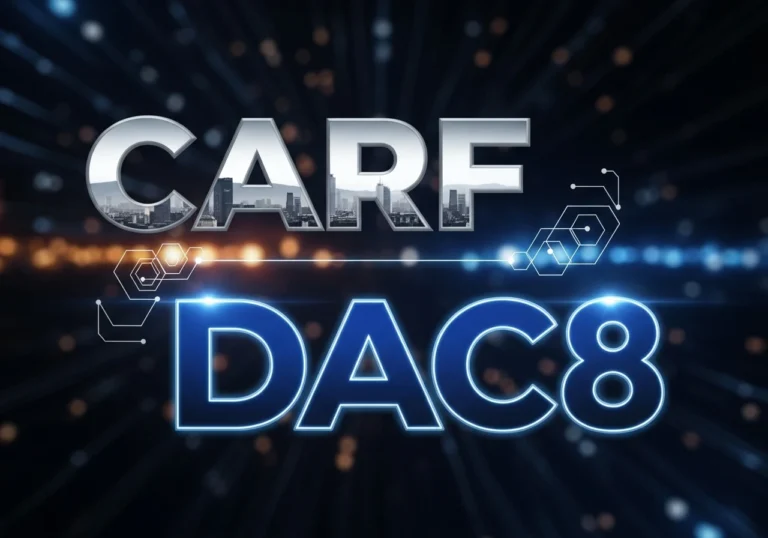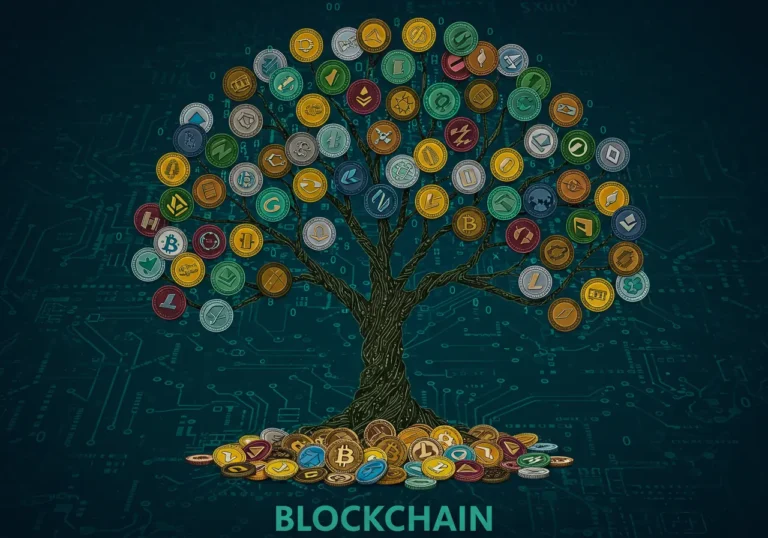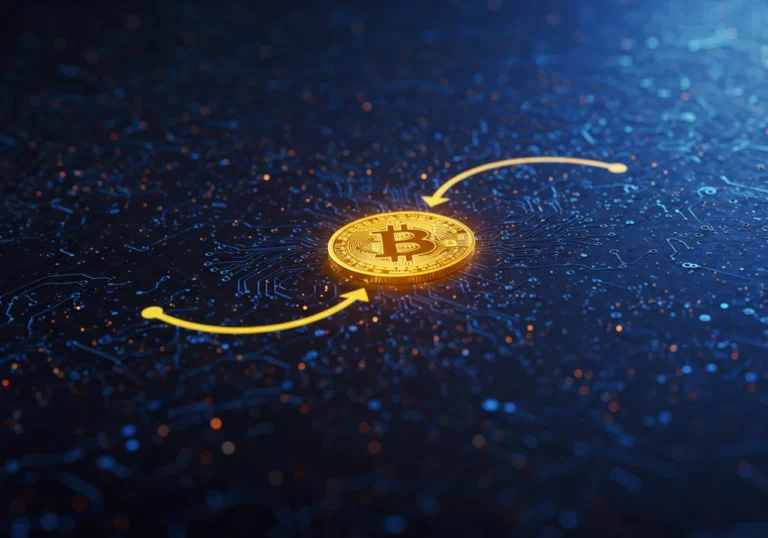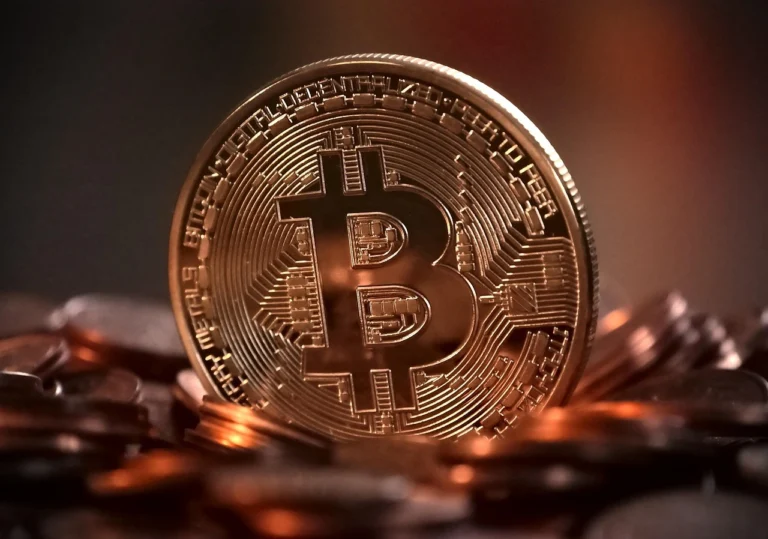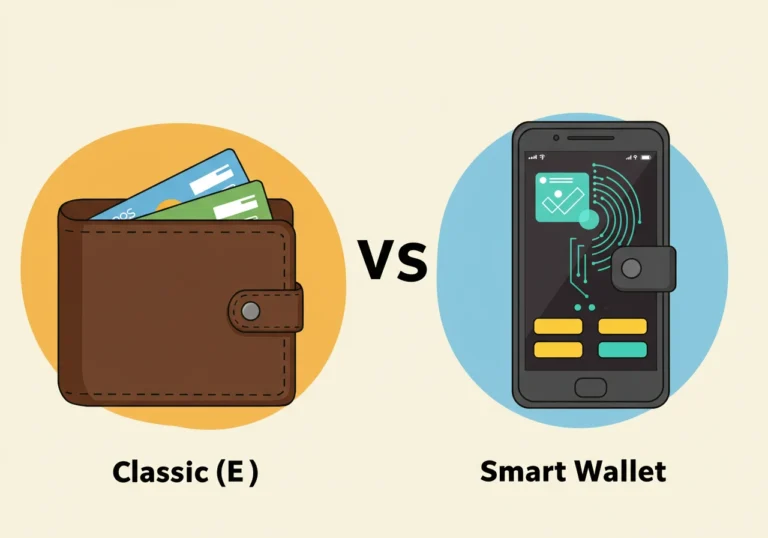Blockchain Nodes Demystified: What They Do and Why They Matter
So What Exactly Are Blockchain Nodes? (Think Helpful Neighbors!)
Imagine your street has a shared ledger tracking who lends sugar, borrows tools, or pays for shared garden supplies. Now imagine every house keeps an identical copy of that ledger. When Mrs. Johnson lends a lawnmower to Mr. Chen, everyone updates their book. That’s blockchain nodes in a nutshell.
They’re regular computers running special software. Each holds a full or partial copy of the blockchain (that public record of all crypto transactions). Their job?
- ✅ Check new transactions (like verifying Mrs. Johnson really owns that lawnmower).
- ✅ Store transaction history (so no one can claim they didn’t borrow your hedge trimmer).
- ✅ Share updates with other nodes (keeping everyone’s ledger identical).
No single computer is in charge. That’s the magic.

Meet the Team: Your Digital Neighborhood Watch
🏠 The “Full Node” (The Detail-Oriented Librarian)
- What it does: Keeps every single transaction ever made—like a librarian archiving every library book.
- Why it matters: It checks everything itself. No trusting others. The ultimate transactions validation node.
- The catch: Needs serious storage space (Bitcoin’s full history is over 400 GB!).
📱 The “Light Node” (The Efficient Messenger)
- What it does: Only keeps summaries—like noting “Mr. Chen borrowed tools” without the full tool list.
- Why handy: Runs fast on phones. Perfect for quick checks.
- The trade-off: Relies on full nodes for details. Like asking the librarian for a book summary instead of reading it yourself.
⚡ The “Mining Node” (The Puzzle Solver)
- What it does: Solves tricky math problems to add new “pages” (blocks) to the ledger.
- The reward: Earns new crypto coins for the effort.
- Big role: Helps groups of nodes for consensus on blockchain agree on new transactions.
📡 The “Relay Node” (The Town Crier)
- What it does: Shouts updates across the network. “Hey everyone! Mrs. Johnson just lent her lawnmower!”
- Key skill: Speed. Keeps everyone in sync.
Table of Contents
Why This Buncha Nodes Changes Everything for You
- No More Single Point of Failure
Banks get hacked. Government servers crash. But take down one node? Thousands more hum along. Your transaction keeps moving. - Trust Built on Rules, Not Opinions
Ben’s “suspicious” transfer? Nodes checked it against the blockchain’s rules—not a bank manager’s gut feeling. Was his signature valid? Did he have the crypto? Yes? Then it’s approved. Fair. Consistent. - Transparency You Can Actually Verify
Run your own full node, and you see every transaction. No need to trust exchanges or apps. You become your own auditor. - Security Through Numbers
Hackers can’t fake history. Why? To alter one transaction, they’d need to change it on thousands of independent nodes simultaneously. Near impossible.
How They Work Together: A Real-Life Moment
Picture a guy named Ben sending crypto to his sister:
- Ben hits “Send”: His wallet broadcasts: “Ben → Sister, 0.1 BTC!”
- Relay nodes spread the word: Like neighbors telling neighbors.
- Validation nodes check:
- Does Ben own 0.1 BTC? (Check their ledgers)
- Has he spent it already? (Nope!)
- Is his digital signature real? (Yep!)
- Mining nodes bundle it: With other valid transactions into a new “block.”
- Consensus happens: Nodes agree the block is legit (through voting or “Proof-of-Work”).
- Data storage nodes save it: Forever added to the chain.
Done. Secure. In minutes.
Why You Might Join the Watch (Seriously!)
Running a node isn’t just for tech whizzes. It’s about:
- True Independence: Verify your own transactions. No middlemen.
- Stronger Network: More nodes = harder to attack. You help protect everyone.
- Better Privacy: Your wallet balance isn’t shared with third-party servers.
Setting One Up: Not as Scary as You Think

Want to try? Here’s the gist:
- Pick your blockchain (Bitcoin? Ethereum?).
- Download free software (Bitcoin Core, Nethermind, etc.).
- Let it sync (Downloads the whole ledger – grab coffee, this takes hours/days).
- Keep it running (Uses some internet and storage space).
It’s like volunteering for the neighborhood watch. You don’t need to… but it makes the street safer.
The Real Takeaway
Blockchain nodes turn “trust no one” into “trust everyone together.” They replace CEOs with code. They swap suspicion for math.
That’s the quiet power of the network. No flashy heroes. Just thousands of honest computers, keeping the lights on.
Quick Node Cheat Sheet
- 🗂️ Full Node: The archive keeper. Stores everything. Validates independently. Most secure.
- 📱 Light Node: The quick checker. Stores summaries. Fast & mobile-friendly. Relies on full nodes.
- ⚡ Mining Node: The puzzle solver. Adds new blocks. Earns crypto rewards.
- 📡 Relay Node: The town crier. Passes messages fast. Keeps everyone updated.
- 🔐 Why they rock:
- Stop fraud by cross-checking everything
- Make networks decentralized (no single point of control)
- Keep data secure through data storage nodes
- Enable information relay across the globe
- 🌱 Run your own? Yes! Boosts security & puts you in control.

Hello, I’m Edmilson Dias, founder of CoinBringer. I created this platform to guide people through the fast-moving world of cryptocurrency with clarity and safety. With years of research in blockchain and digital security, my goal is to translate complex topics into practical knowledge, offering reliable tutorials, safety insights, and guidance for both newcomers and experienced users.
Discover more from CoinBringer
Subscribe to get the latest posts sent to your email.


